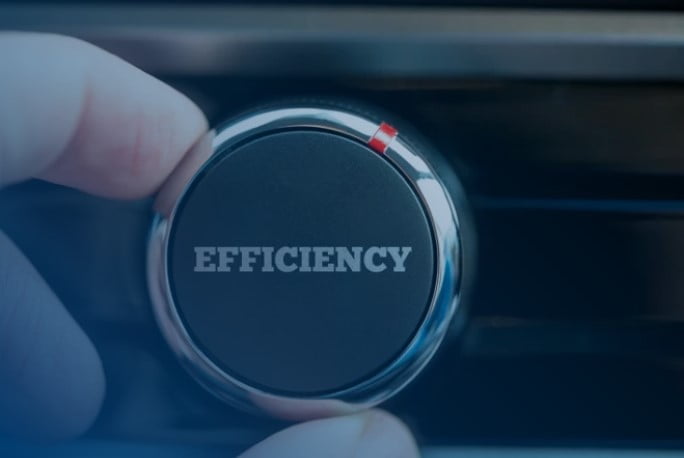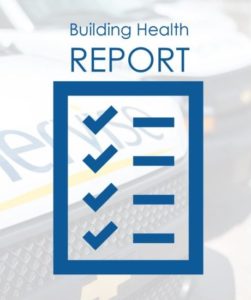When the public thinks about schools, colleges and universities (whether it’s a K-12 school or a major university), they tend to think about books, teachers, support staff and activities. But the facilities on a campus play a huge role in the overall learning experience.
When you think of the infrastructure needs of your campus buildings, it’s easy to focus on high-tech considerations, such as high-speed connectivity and Wi-Fi capabilities. But if your heating and cooling systems don’t deliver the safety and comfort you require year-round, your faculty, staff and students won’t care how fast your internet connection is.
That’s true whether you’re talking about a single elementary school building or an entire campus that includes classrooms, auditoriums, dormitories and laboratories. The physical structures that make up your campus need to provide a safe and comfortable learning environment for your students.
Of course, great learning environments don’t just happen; they require thoughtful, long-range planning and careful attention to capital needs—including both new building construction and maintenance and upgrades of existing systems. Those plans need to include energy procurement planning that will ensure that your buildings operate at the highest level of efficiency. Not only will this provide the best possible learning environment for your students, but it will also help you maintain that environment in a cost-effective manner.
That kind of procurement and maintenance planning can’t happen without the support of qualified and competent engineering and design personnel—professionals who understand what’s required and stay on top of the newest trends and developments. It’s also essential to have operations and maintenance teams with the competence and sophistication to service and maintain your facilities at the highest level 24 hours a day, 365 days a year.
Part of having an effective long-range plan is making sure the physical plant that services your campus can be upgraded to take advantage of emerging energy efficiencies and easily expanded to meet your institution’s growing needs. The time, money and effort you invest in planning your infrastructure now can pay huge dividends down the road. Take a look at how we were able to eliminate more than 1 million pounds of carbon dioxide at Buckeye Career Center, saving the center nearly $18,000 annually.
In addition to providing a safe, comfortable learning environment for your existing students, having a plan that allows for extra capacity and increased efficiency can make your campus stand out as a great place to learn—and that’s a great recruiting tool for students you hope to attract in the future.




